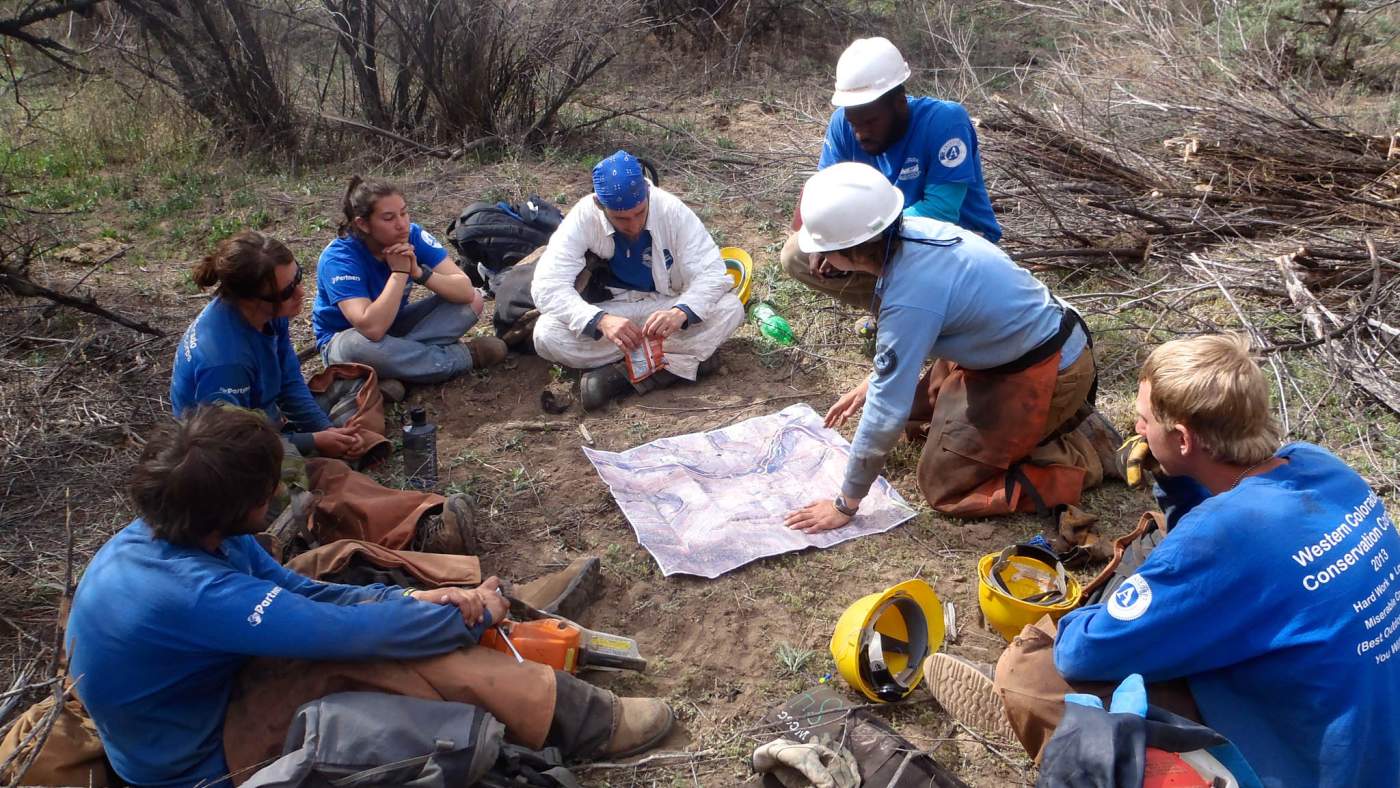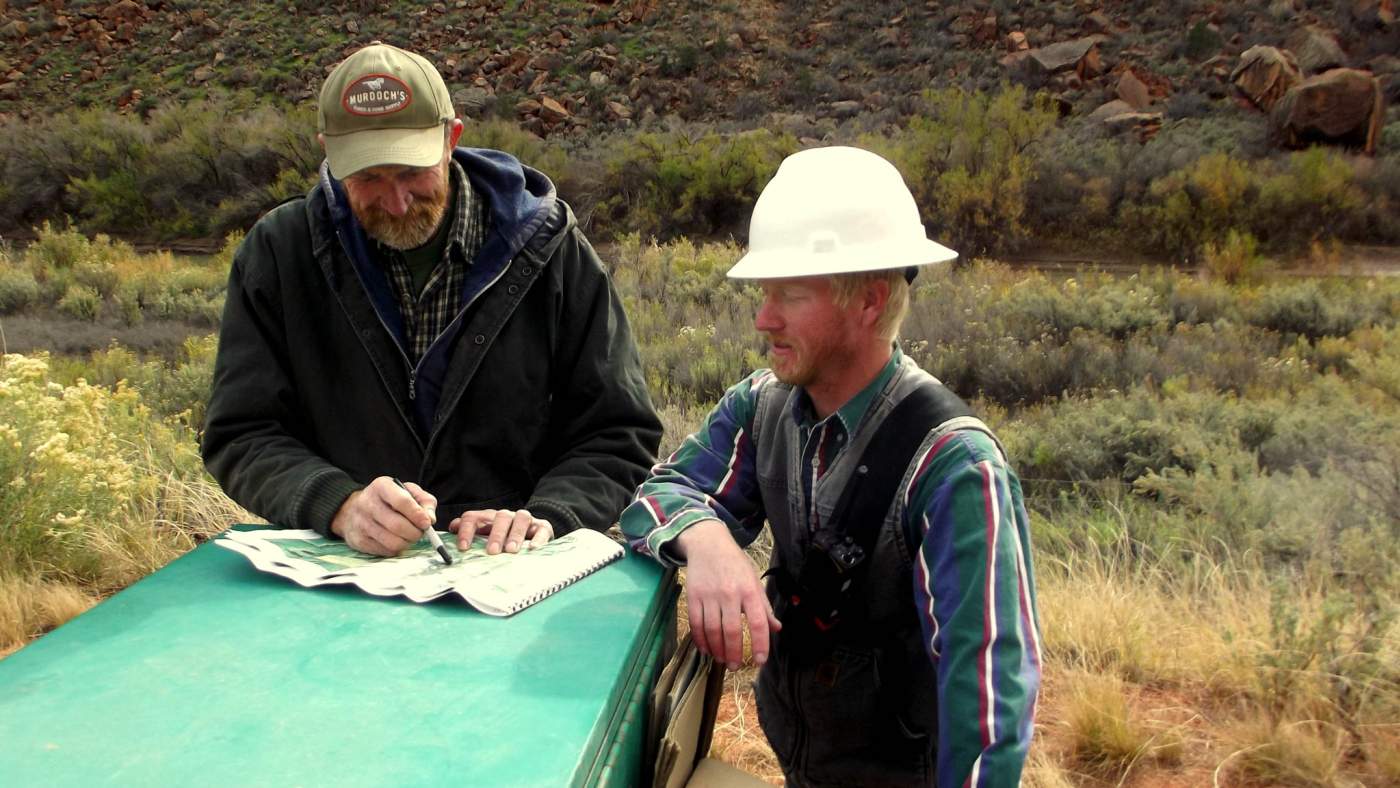Keeping Track of our Progress
Restoration is a process that happens over time, almost always extending beyond the timelines of individual projects. To know if our efforts are successful or on the right path, we conduct monitoring at sites where work has been done or will soon occur. When monitoring is conducted and the data are analyzed over time, we can measure how a site has changed and plan for future restoration projects.
Read more to learn about a few types of monitoring that we do and the geodatabases that we maintain for our partnerships and others.
test body
The 4Rivers Geodatabase, developed by The DIGIT Lab at the University of Utah, is a geospatial database and schema with standardized feature classes and attributes for invasive plant inventorying and monitoring.


